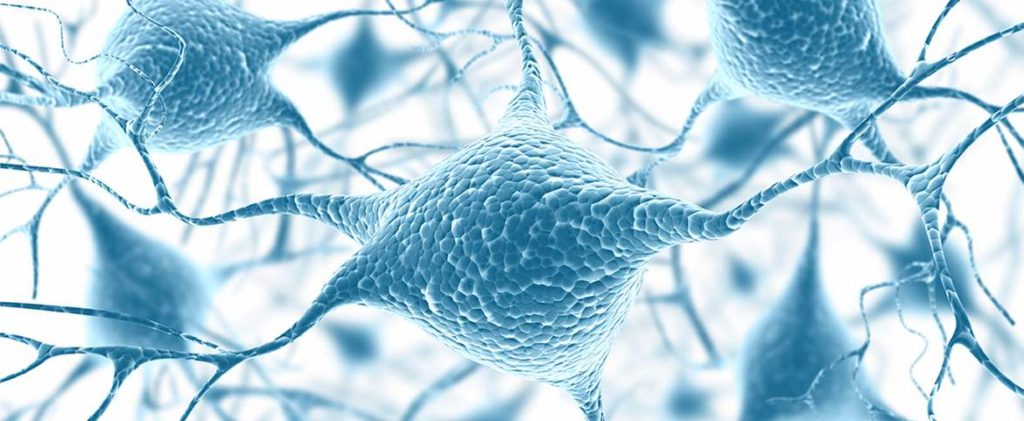Chronic Traumatic Encephalopathy

What is Chronic Traumatic Encephalopathy?
Chronic traumatic encephalopathy (CTE) is a progressive degenerative disease believed to be related to repetitive brain trauma such as concussions or other head injuries. Often observed in athletes participating in football, ice hockey, boxing and professional wrestling, it has also been seen in soldiers who have suffered head injuries from blasts or other concussive forces. Currently a definitive CTE diagnosis can only be made postmortem.
CTE Causes:
Both concussions and less-serious head impacts/injuries known as sub-concussions suffered repeatedly over a lengthy period are believed to contribute to CTE. Blast injuries may lead to CTE in just a single exposure, either due to the blast energy itself or the violent head movement subsequent to the initial pressure wave. These injuries are believed to damage brain axons, which is thought to lead to the brain tissue degradation and accumulation of tau protein that leads to CTE’s symptoms.
It is important to note that not everyone exposed to these factors develops CTE. While it is definitely a substantial factor in causing the disease, there may be other risk factors. These are being researched, but have not been identified as of yet.
Symptoms of CTE:
Chronic Traumatic Encephalopathy generally manifests with standard symptoms of dementia but also commonly shows aggressive behavior, cognitive issues, depression (sometimes with suicidality) and general confusion being the most prominent. Motor disturbances have also been observed, such as balance and gait problems. Symptoms may take years, possibly even decades, after the trauma(s) to appear.
Risk Factors:
Athletes of contact sports have, by far, the highest risk of developing CTE. These sports include football, ice hockey, boxing, wrestling, mixed martial arts (MMA), extreme sports and rugby. CTE has also been diagnosed in soldiers, those experiencing chronic seizures, domestic abuse victims and anyone who has been subjected to repeated head impacts.


